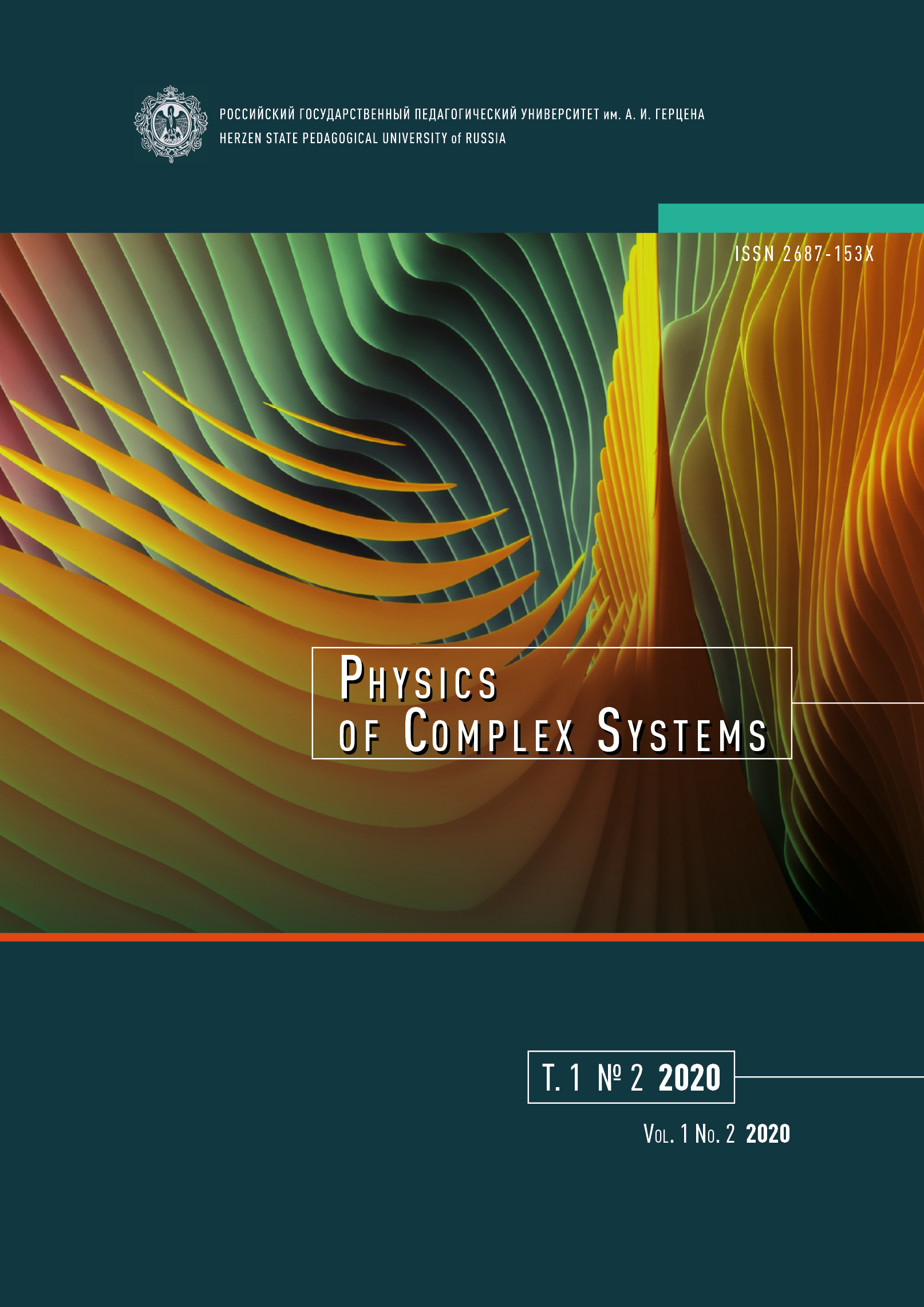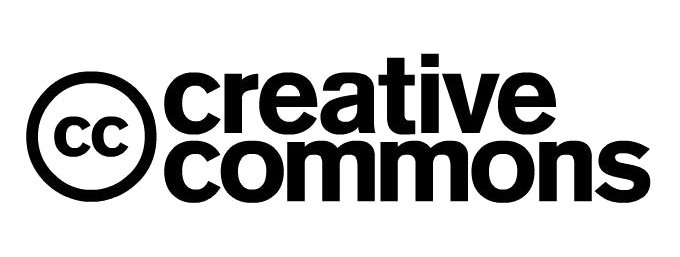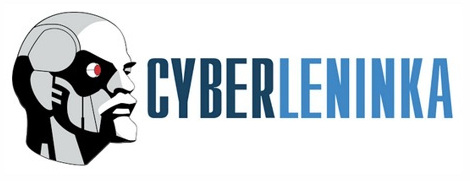Impulse and DC breakdown strength of polypropylene thin film
DOI:
https://doi.org/10.33910/2687-153X-2020-1-2-56-60Keywords:
breakdown, polymers, films, polypropylene, impulse, DC, Weibull distributionAbstract
The paper presents the results of a study of the electric strength of a polypropylene film with a thickness of 2 μm. The breakdown voltage of the film was determined under the influence of electric pulses and with a slowly increasing voltage. The rate of increase in voltage at the pulse front varied from 1.8 to 78 GV/s, and with a slowly increasing voltage it varied from 28 to 1100 V/s. A statistical analysis of the breakdown voltage data was performed. For both modes of electrical testing and at all rates of voltage increase, the most probable breakdown voltages Fbr.exp were calculated. The effect of the voltage rise rate on the value of Fbr.exp was not detected. The obtained values Fbr.exp were approximately the same for both test modes and amounted to 550 MV/m for DC and 570 MV/m for pulses.
References
Artbauer, J., Griač, J. (1965) Intrinsic electric strength of polythene in the high-temperature region. Proceedings of the Institution of Electrical Engineers, 112 (4), 818. DOI: 10.1049/piee.1965.0138 (In English)
Cooper, R., Rowson, C. H., Watson, D. B. (1963) Intrinsic electric strength of polythene. Nature, 197, 663–664. DOI: 10.1038/197663a0 (In English)
Krivko, V. V, Lekht, Yu. I. (1970) Vliyanie temperatury na impul’snoe probivnoe napryazhenie nekotorykh tverdykh polimernykh dielektrikov [The effect of temperature on the breakdown breakdown voltage of some solid polymer dielectrics]. Izvestiya Tomskogo ordena Trudovogo Krasnogo Znameni politehnicheskogo instituta imeni S. M. Kirova, 157, 201–205. (In Russian)
Li, Z., Yin, Y., Wang, X. et al. (2003) Formation and inhibition of free radicals in electrically stressed and aged insulating polymers. Journal of Applied Polymer Science, 89 (12), 3416–3425. DOI: 10.1002/app.12511 (In English)
Liufu, D., Wang, X. S., Tu, D. M., Kao, K. C. (1998) High-field induced electrical aging in polypropylene films. Journal of Applied Physics, 83 (4), 2209–2214. DOI: 10.1063/1.366958 (In English)
Vazhov, V. F., Moldobaev, K. D. (2009) Effekt minimuma elektricheskoj prochnosti plenochnykh polimernykh dielektrikov i ego osobennosti [The effect of the minimum electric strength of film polymer dielectrics and its features]. Elektrichestvo, 12, 89–92. (In Russian)
Watson, D. B. (1971) The impulse electric strength of polythene as a function of voltage rise time. Journal of Physics D: Applied Physics, 4 (5), L19–L20. DOI: 10.1088/0022-3727/4/5/101 (In English)
Watson, D. B. (1972) The electric strength of Perspex as a function of voltage rise time. Journal of Physics D: Applied Physics, 5 (2), 410–414. DOI: 10.1088/0022-3727/5/2/323 (In English)
Weibull, W. (1951) A statistical distribution function of wide applicability. Journal of Applied Mechanics, 18, 293–297. (In English)
Zakrevskii, V. A., Pakhotin, V. A., Sudar, N. T. (2018) Effect of the voltage pulse front steepness on the electric strength of polymers. Technical Physics, 63 (12), 1814–1819. DOI: 10.1134/S1063784219010262 (In English)
Zakrevskii, V. A., Sudar, N. T. (1996) The effect of space charge on the electrical breakdown of polymers. Technical Physics. The Russian Journal of Applied Physics, 41 (4), 352–356. (In English)
Zakrevskii, V. A., Sudar, N. T., Zaopo, A., Dubitsky, Yu. A. (2003). Mechanism of electrical degradation and breakdown of insulating polymers. Journal of Applied Physics, 93 (4), 2135–2139. DOI: 10.1063/1.1531820 (In English)
Downloads
Published
Issue
Section
License
Copyright (c) 2020 Aina N. Tumusova, Victoria M. Kapralova, Nicolay T. Sudar

This work is licensed under a Creative Commons Attribution-NonCommercial 4.0 International License.
The work is provided under the terms of the Public Offer and of Creative Commons public license Creative Commons Attribution 4.0 International (CC BY 4.0).
This license permits an unlimited number of users to copy and redistribute the material in any medium or format, and to remix, transform, and build upon the material for any purpose, including commercial use.
This license retains copyright for the authors but allows others to freely distribute, use, and adapt the work, on the mandatory condition that appropriate credit is given. Users must provide a correct link to the original publication in our journal, cite the authors' names, and indicate if any changes were made.
Copyright remains with the authors. The CC BY 4.0 license does not transfer rights to third parties but rather grants users prior permission for use, provided the attribution condition is met. Any use of the work will be governed by the terms of this license.







